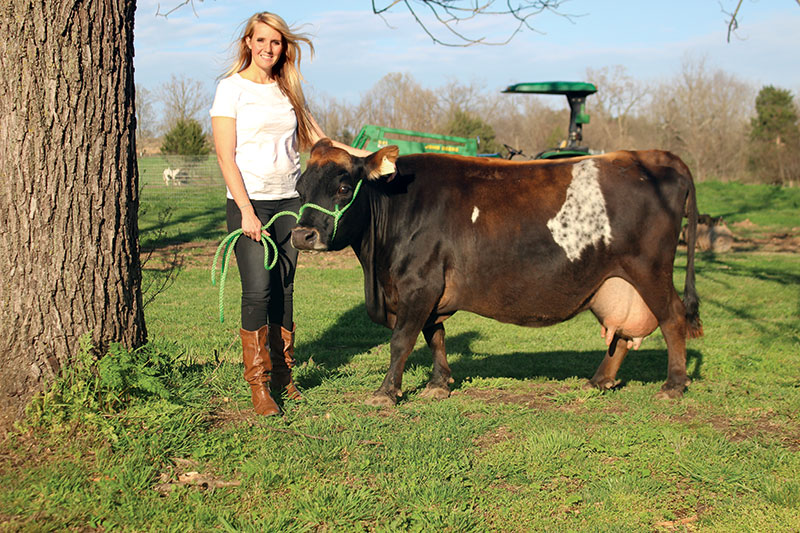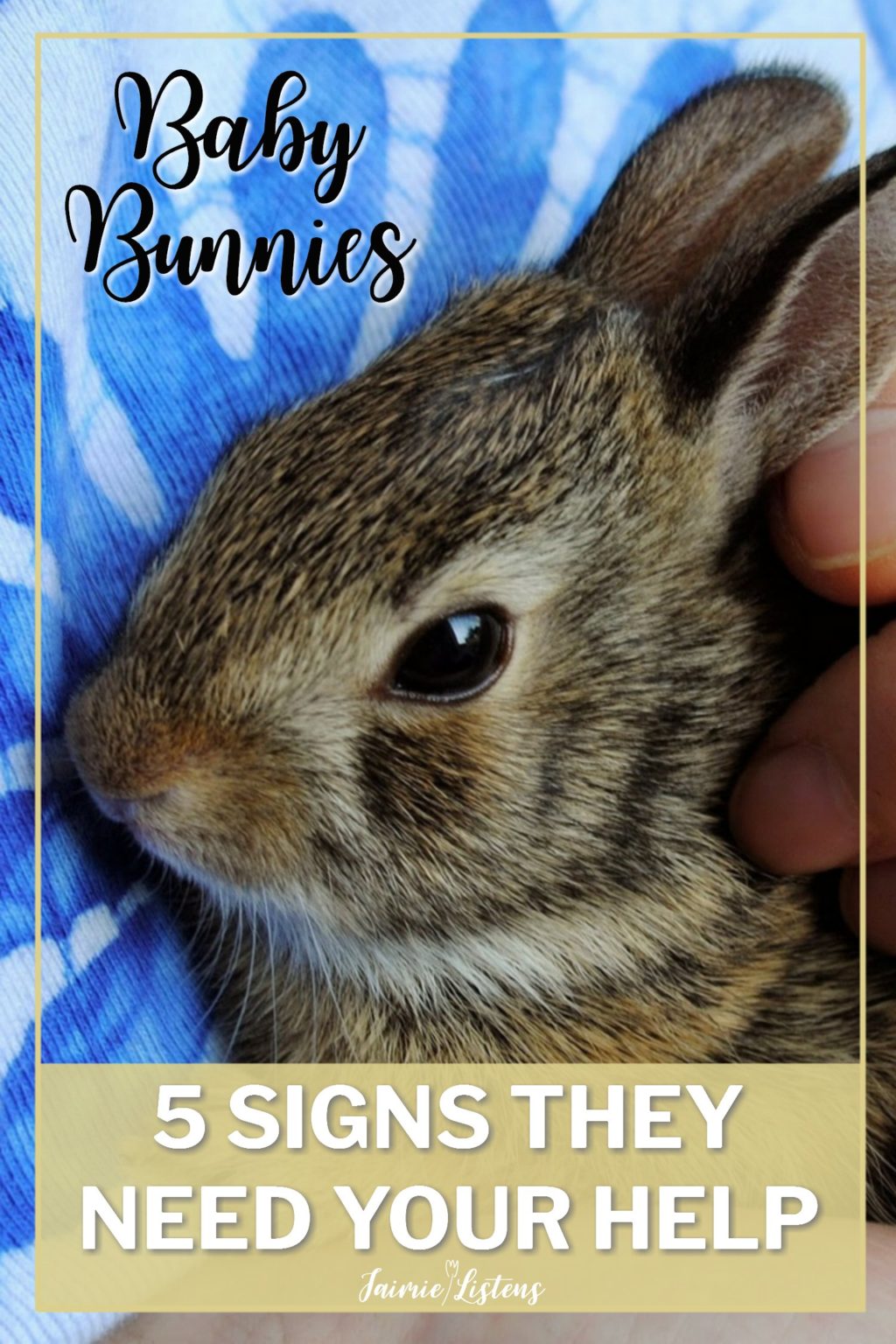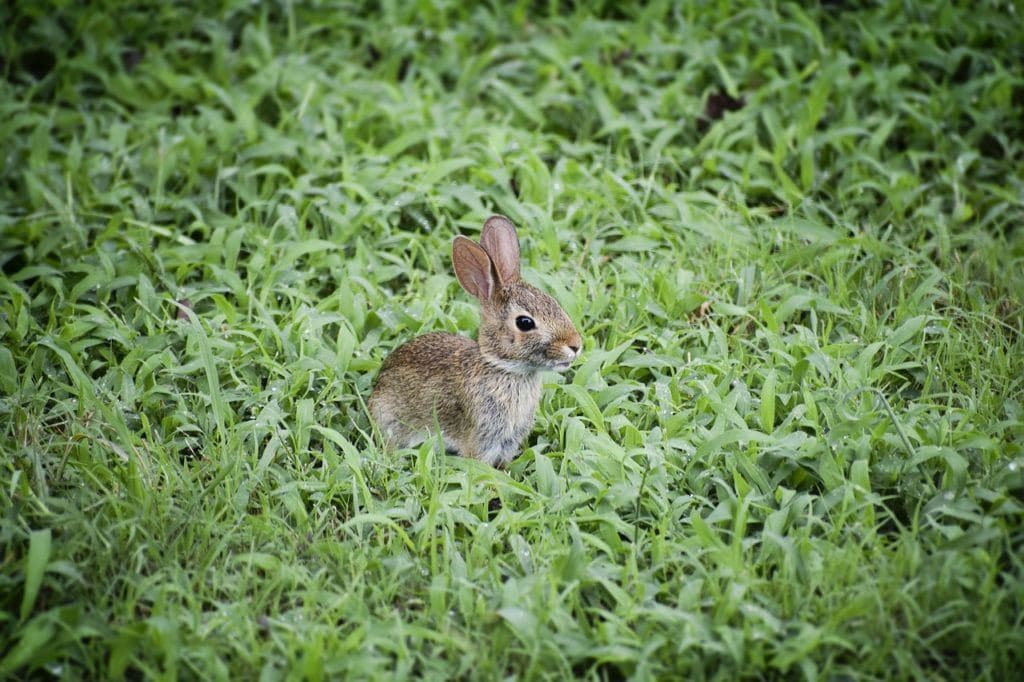Mini dairy cows give anywhere from 1 gallon to 5 gallons of milk a day. You could get between half a gallon to a gallon of milk per pump and some cows can pump up to 4 times a day.
 The Many Benefits Of Miniature Cows Modern Farmer
The Many Benefits Of Miniature Cows Modern Farmer
Pasture is the mixture of different grasses legumes etc that are in your paddock.

How much room does a miniature cow need. These cute little cows produce usually around 1 gallon of milk per milking so one mini cow can feed a standard family of four for months. Feeding Lactating Mini Jersey Cows. We think 3 or 4 hectares 7-10 acres would be the minimum in most areas in NSW.
I buy a small vial of vaccine or a pre- filled syringe from the vet usually 250 to 500 a piece. Again this information is provided for the first-time livestock owners as a starting point only. What Are Small Breed Milk Cows.
As we know that island dont have room for large grazing herds so miniature jersey cows were bred to be smaller than normal. My 42 Mini Dairy Cows average about 450 pounds other mini dairy cattle may weigh more or less. Miniature cows can live up to 25 years with the possibility of producing 23 calves.
Its actually better for Miniature Jerseys to be grass-fed because an overweight cow is. They are also the best choice for small farms. Miniature cows are very docile and easy to handle.
How much land do I need to own miniature cattle. But a larger mid-sized cow needs more space food than a small full-miniature. I have been lucky and only have had to have a vet out once in 12 years.
On average youll find that miniature cows are up to a third of the size of a standard cow. Thats where miniature cows come in. Standard miniature cows range from 36 to 42 inches.
It varies greatly from animal to animal. At birth a baby Miniature Jersey calf weighs approximately 15 to 25 pounds and is from 14 to 16 inches tall. If the cattle do not have access to a lot that is adjacent to the barn then the space requirement is 35 to 50 square feet per cow.
Feeding Instructions for Lactating Mini Jersey Cattle. Basically miniature cattle need pasture shade fresh water ongoing care and regular contact with their owner. They live for about 20 years which is much longer than the average cow.
I may have to start saving and cows could come next spring as opposed to this spring. 36 inches and less. They only require half an acre of land minimum for each animal.
However if you are a small-scale homesteader a miniature cow is everything you need. A miniature cow doesnt damage the turf so she mowed and fertilized as she went. 43 inches and above at age 3 is considered a mid-mini 42 inches and below at age 3 is considered a mini 40 inches or below at age 3 some will call a dwarf.
So generally miniature cattle breeds range anywhere from 12 to 13 the size of normal cattle. These have a significant impact on the mini milking cows milk production the amount of space they need and how much you need to feed them. They can be kept on as little as 14 acre of land.
Nowadays its more important than ever to own your own cow. 36 to 42 inches. The variations are caused by genetics and animal management.
We also have another 1-2 acres that could be fenced in but all in all it may have to wait as just the 1 acre is 5500 to install. Mini and Midsize cows generally hold condition better without the additional caloric intake needed for a Full Size dairy cow. A Mini Jersey cow can be cut back.
But maybe 2 hectares or five acres of good pasture would be the minimum for two miniature steers in lush areas like Qld and northern NSW. I did take my cows the first year to be vaccinated and paid less than 500 a shot plus an office visit fee of 10 or 1500. Mini Jerseys generally speaking require about 23rds the space of a standard-sized cow.
Well stick with pigs this year. On our previous property about 1 12 acres was lawn area and we just tied our cow out and let her graze. If you intend to pasture as much as possible and cut your own hay youll need a lot more land.
I prefer square bales to round bales because I can control how much my cows eat every day. Micro-miniature cows are all less than 36 inches in height at the hip. But in this economy its becoming more and more difficult for young people to own property with enough grazing area for that thrill-a-minute cow ownership lifestyle.
About 12 to 15 pounds of good dry hay per head of cattle for 450 lb cows 3 of body weight. Barn space for a cow that weighs 1000 to 1300 lb is 20 to 30 square feet and the cattle have access to a lot. Not only do they give you milk but they dont need as much room to roam as a full-size cow does.
Caring For Miniature Cattle - The Basics. But a typical family farm doesnt need 6 plus gallons of milk a day. They are said to be Island cows originated from Jersey Island in Britain.
42 to 48 inches. There are not bigger than 42 inches at the hip. How much milk does your family want and need.
Miniature cows produce enough milk to feed a family and oftentimes much more. With really good pasture you are supposed to be able to support four miniature cows per acre.
Mother rabbits feed at dusk and dawn for only about five minutes so baby rabbits depending on size and age may only need to be fed twice a day however formula is not as nutrient rich as mothers milk so more frequent feedings are often necessary. It is typical for rabbits to leave the nest when they reach three to five weeks old.
 Baby Rabbits 5 Signs They Need You To Intervene
Baby Rabbits 5 Signs They Need You To Intervene
Baby rabbits get their mothers companion twice a day.

Do wild baby rabbits need their mother. Around this age the baby rabbits are only fed by their mother once or twice each day. A litter of baby rabbits known as kitten or kits can vary in number but they typically average about 7-8 kits. Once in the morning and again in the evening for approximately 5 to 10 minutes.
These kits are born hairless and with their eyes tightly closed. So needing to take care of a wild baby rabbit is rare very rare. The wild baby rabbits need their mothers care and love not your kindness.
Mother rabbits have no issue in accepting wild baby rabbits even from humans. Even if you bring a wild baby rabbit home with a cat it is advisable to keep the cat away from the baby rabbit. Each feeding session would usually take a few minutes.
Both wild and domestic mothers will be in the nest early in the morning and then again in the evening. This can happen if a baby bunny is too sick or weak to nurse has an issue with suckling or simply hasnt been able to make it to a teat during one of the two brief feedings. The feeding normally occurs at night to help protect the babies.
Young rabbits disperse from the nest at 15-20 days old. Gestation period period between mating and birth will be 28 to 31 days and a litter of baby rabbits kits varies from 3 to 12. You must know what happens if you touch a wild baby rabbit from the nest immediately but back the baby bunny in the nest to make sure of hisher survival.
The mother rabbit is able to become pregnant again 4 days after the birth of her kittens. By three weeks of age they are on their own in the wild though are still very small -- theyre only about the size of a softball. Mother rabbits do not sit on the babies to keep them warm as do some mammals and birds.
Males bucks do not assist in rearing the kittens. The young grow rapidly and most are weaned in about a month. Rabbits milk is very rich and nutritious.
If you find a baby rabbit. And transferring a wild baby rabbit will make it more vulnerable to predators. Baby rabbits are blind deaf and furless at birth with the mother visiting them for just a.
Rabbits also dont help their babies warm. Nursing baby rabbits should have a small round belly not bloated after feeding. To keep a wild baby rabbit alive you must determine whether the mother is around.
Feeding baby rabbits that need their mothers milk but that do not have a mother to nurse from or which are unable to nurse can be a bit of an endeavor to take on. From their fragile birth until adolescence a mere 3 weeks later wild rabbits need the care of their mother or a trained professional to survive. Rabbit mothers nurse their babies for approximately 5 minutes a day.
At that age baby rabbits still need their mothers milk which is exceptionally nutrient-rich and also contains beneficial bacteria that young rabbits require for the proper development of their gastrointestinal systems so rabbit kits orphaned at that age need close attention and appropriate substitute nutrition. Use common sense. If you spot a rabbit alone dont move it because it is not always an orphan.
Rabbit mothers nurse their babies for approximately 5 minutes a day. If they are orphaned you will need to provide a nest maintain the right temperature and provide a healthy diet. Mother rabbits do not stay with their litter to cuddle or nurture the babies like you would think.
Rabbits have an average life span of up to 9 years. It is around this age they leave and are fed once or twice per day by their mother for a few minutes each time. Baby bunnies who have fleas are compromised and should be immediately taken to a wildlife rehabber or humane society rabbit vet.
Therefore the nest is. Mother rabbits only return to the nest twice a day to feed their kits. The milk is very rich and the babies fill up to capacity within minutes.
Rabbit babies do not need their mother as much as the mother only feeds for 5 to 10 minutes twice a day then go away from next leaving the babies alone in the nest. If youve found a nest of wild rabbits and identified them as being less than 3 weeks of age how can you know whether their mother is still caring for them. The female rabbit may lose clumps of hair during the gestation period.
The mother rabbit can be seen away from the nest during the day which is why it is important to leave babies in nests alone unless you are confident that the mother has either abandoned the nest for good or has died. They will be in the nest or nest box early in the morning and then again in the evening. The breastfeeding period of the rabbits is 5 to 6 months.
Baby rabbits typically leave the nest when theyre 3-5 weeks old. Rabbits have the best chance of survival when they are cared for by their mothers.
They stopped eating and I had to wake them up daily to try to keep them from shutting down for the winter. For indoor habitats use a thermometer to ensure that temperatures remain stable day and night.
 How Do I Hibernate My Tortoise A Tortoise Hibernation Guide Exoticdirect
How Do I Hibernate My Tortoise A Tortoise Hibernation Guide Exoticdirect
Russian tortoises can handle a wide range of temperatures.

Russian tortoises need to hibernate. This means that pet owners will need to consider various factors if they intend to hibernate their tortoise. The best time for hibernation is thus when outdoor temperatures are between 10-18º Celsius 50-64º Fahrenheit. In the wild they are herbivores and eat grass leafy vegetables weeds and flowers.
So in captivity they should be fed a diet. Keep lights on 12 to 14 hours a day and turn off all light and heat sources at night. Russian tortoises need an insulated retreat in which they can hibernate when the temperatures are too cold for activity.
Ideally a Russian tortoise yard should be large enough to accommodate two separate artificial burrows a summer one that opens with a northern to eastern exposure and a winter one that opens to a southern exposure. Hibernation Hibernation is a much debated topic. The information available suggests a two to four week fasting period which is needed to completely empty the digestive system before entering hibernation.
You should also not hibernate your tortoise if he is smaller than 700g in weight or if he is sick or has health problems. Hibernating your pet Russian tortoise is not absolutely necessary. In captivity they still need a 2-3 mon.
Its too late in the season to allow a hibernation. In captivity they appear to benefit from as little as 8 weeks in hibernation. Since my Russian tortoises have already hibernated this past winter and are now back in their outside yard I think this is a moot point for you.
While most animals are only able to hibernate during the winter some Russian tortoises are also able to do so in the summer. Small tortoises may require slightly less time. Russian Tortoises are vigorous eaters and will eat continuously in the months leading up to summer to prepare for hibernation.
However my Russian torts have tried to hibernate every year. Before considering hibernation its important that you are absolutely sure its in good health. Hibernation Cycle The hibernation cycle of this particular tortoise has always been something that was heavily debated by tortoise experts.
I know several very knowledgeable keepers who have never hibernated their tortoises. Most commonly Russian tortoises will usually hibernate in a hole that they dug underground. Its mostly a matter of preference and what you feel is best for your tortoise.
Unless you want to avoid winter brumation you will not need to bring your Russian tortoise indoors unless you live in a location with extreme winters. Yes tortoises do need to hibernate in the interest of their general health and also to control their growth rate. Of course just like their reputation for being slow this is a stereotypical and naive viewpoint because whilst many tortoises do hibernate there are several species that dont.
Towards the beginning of October Ellie was only eating every second to third day. In captivity however this same turtle is known to need just 8 weeks of hibernation to benefit. Everything you need to know to ensure a.
Basic Information Many people keep a Russian tortoise as a pet. Russian tortoises do not need to hibernate to be healthy so tortoises kept indoors and maintained at stable temperatures will never skip a beat while winter winds below outside. Russian tortoises do best when daytime temperatures are around 75 to 85 degrees Fahrenheit.
The Russian tortoise is one species that does hibernate whereas the leopard tortoise does not need to go into hibernation. Believe it or not some people do not hibernate any of their tortoises at all. However when it comes to hibernation time your pet tortoise will need a helping hand from you to ensure all goes well.
Along with their reputation for being slow and nervous tortoises are well known for their natural need to hibernate also known as brumation during the winter months. Do Russian tortoises hibernate. Yes most Russian tortoises hibernate during the winter and some of them hibernate during the summer.
In the wild Russian tortoises hibernate up to 9 months of the year. Never hibernate tropical species of tortoises such as the Leopard tortoise. Welcome to the Forum.
In the wild Russian tortoises need to hibernate to survive the cold and bitter winter months and hibernation helps them reset their bodies. Ensure that your tortoise is able to burrow down. A tortoise that is kept as a pet should hibernate between two and four months of the year.
Do Russian Tortoises Need To Hibernate. Just keep your tortoises lights on for 14 hours and keep putting him in front of the food every time you walk by the habitat. Hibernation is an important natural process every Russian tortoise goes through each year in their wild environment.
This is because a Russian Tortoise in the wild is known to hibernate for as many as nine out of twelve months. Larger tortoises will require 4 weeks. If you need additional warmth consider using a heat emitter.
Common species that need to hibernate are the Hermanns tortoise spur-thighed tortoise Horsfields or Russian tortoise and Marginated tortoise. At night they can tolerate temperatures as low as 60 degrees.